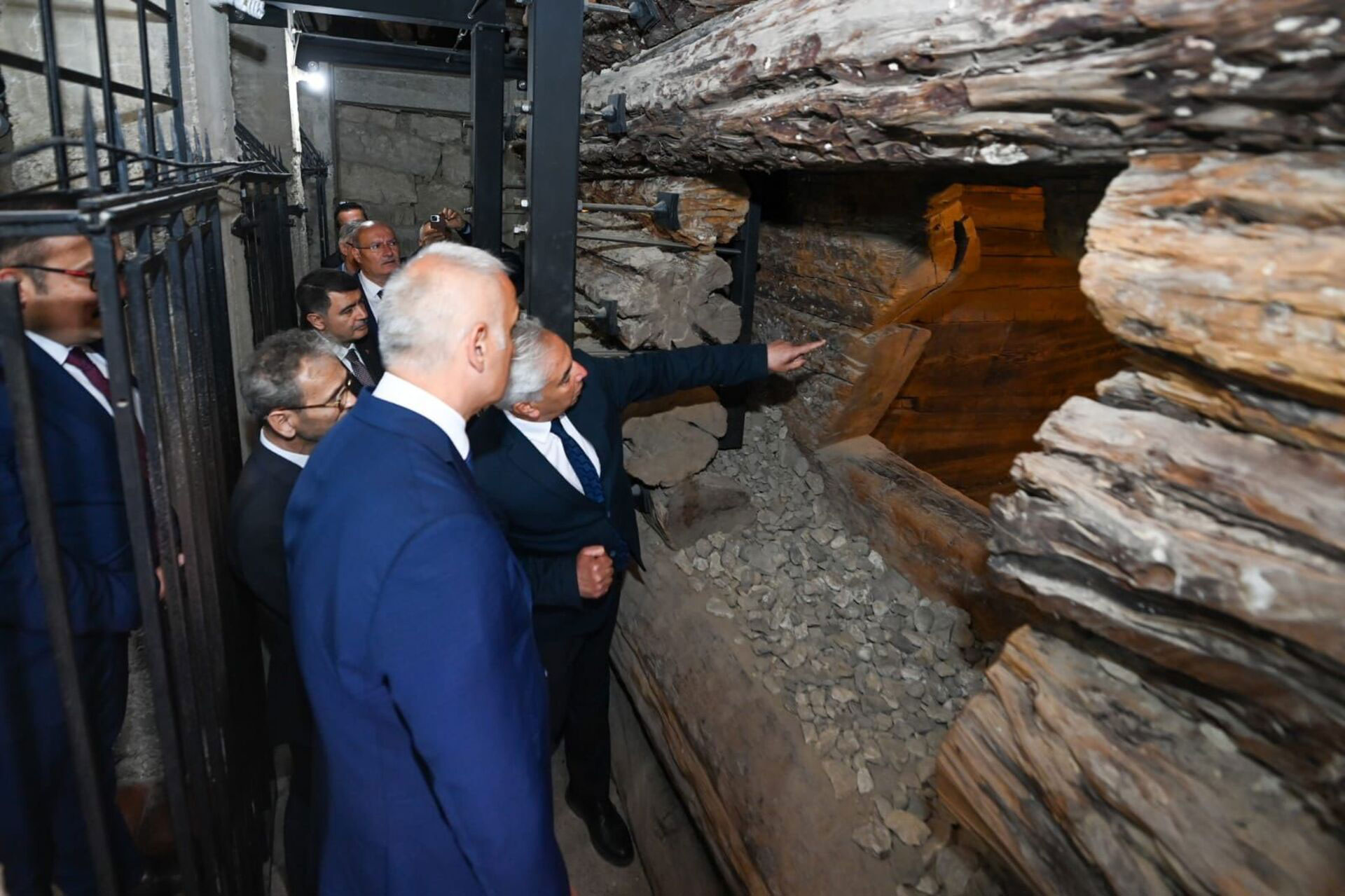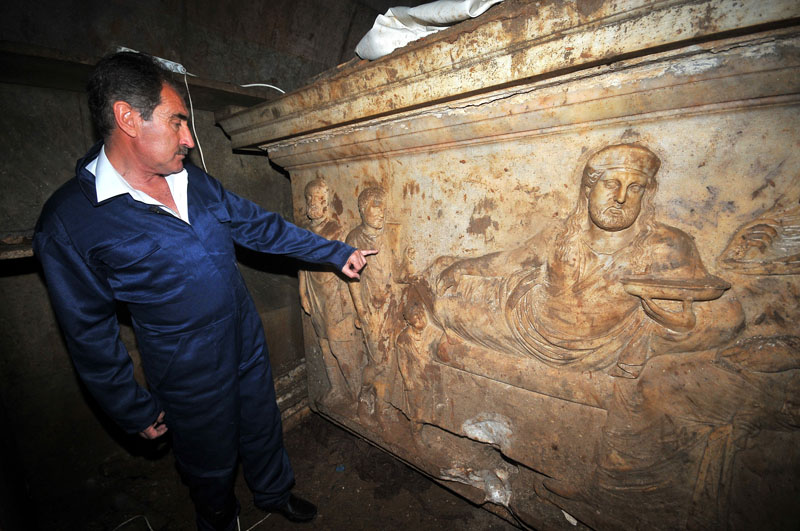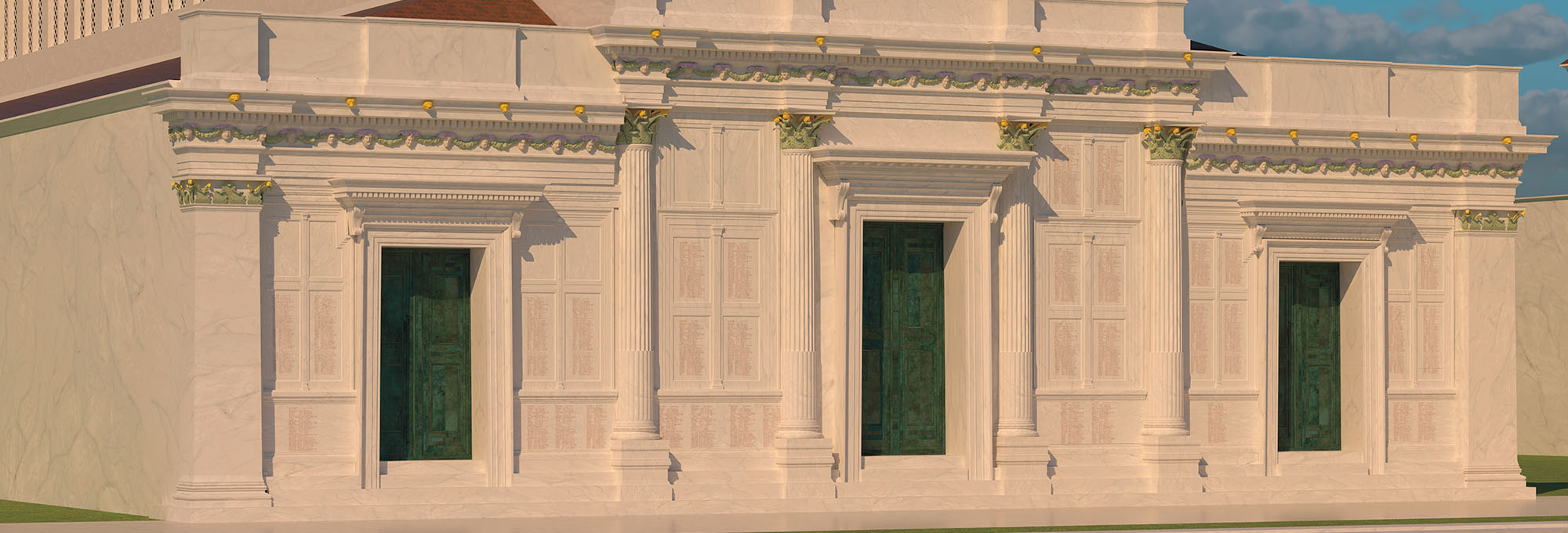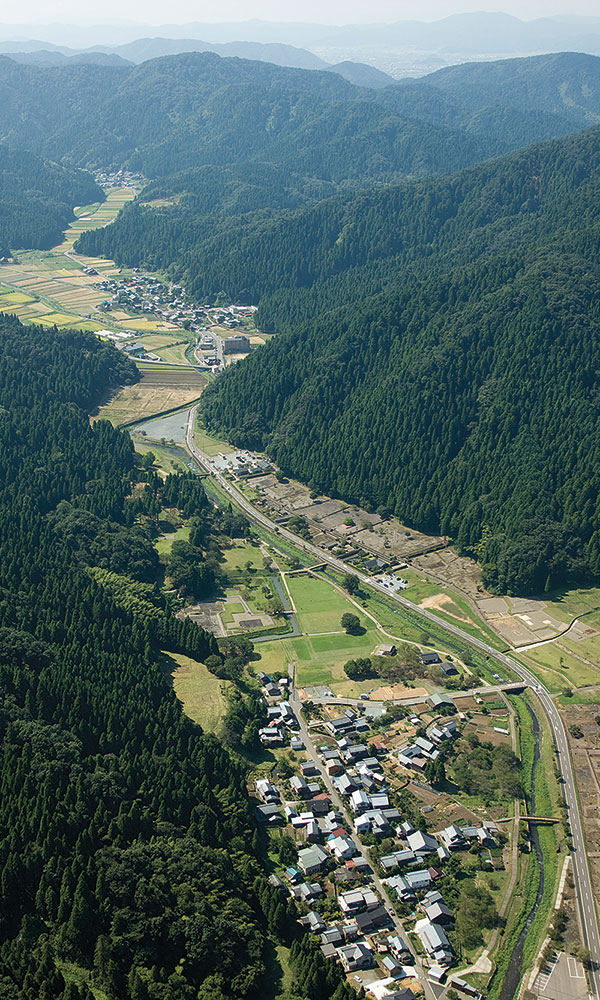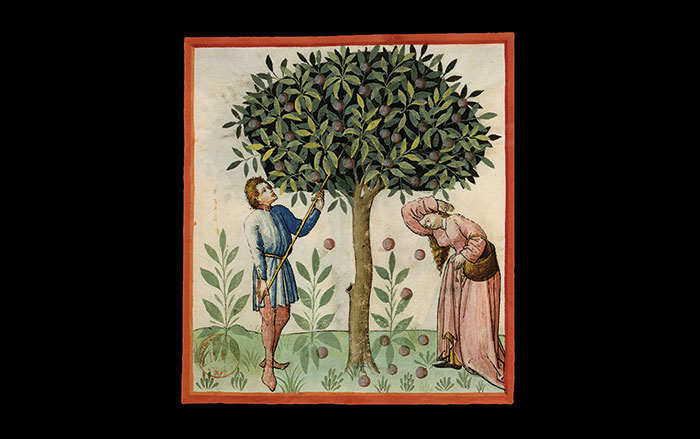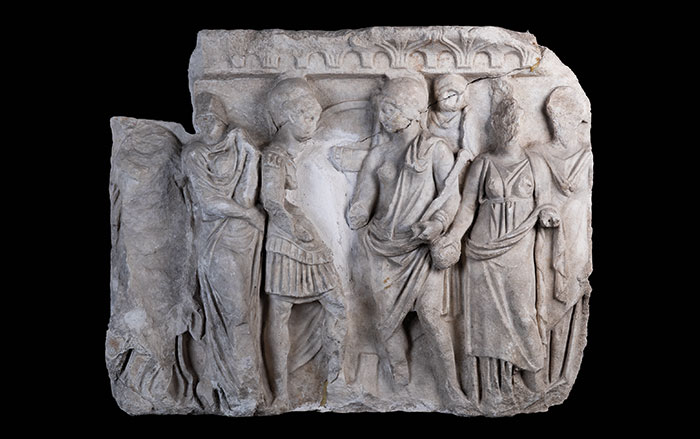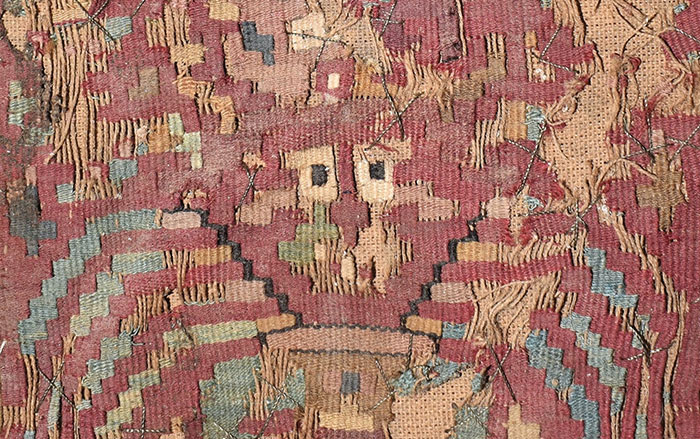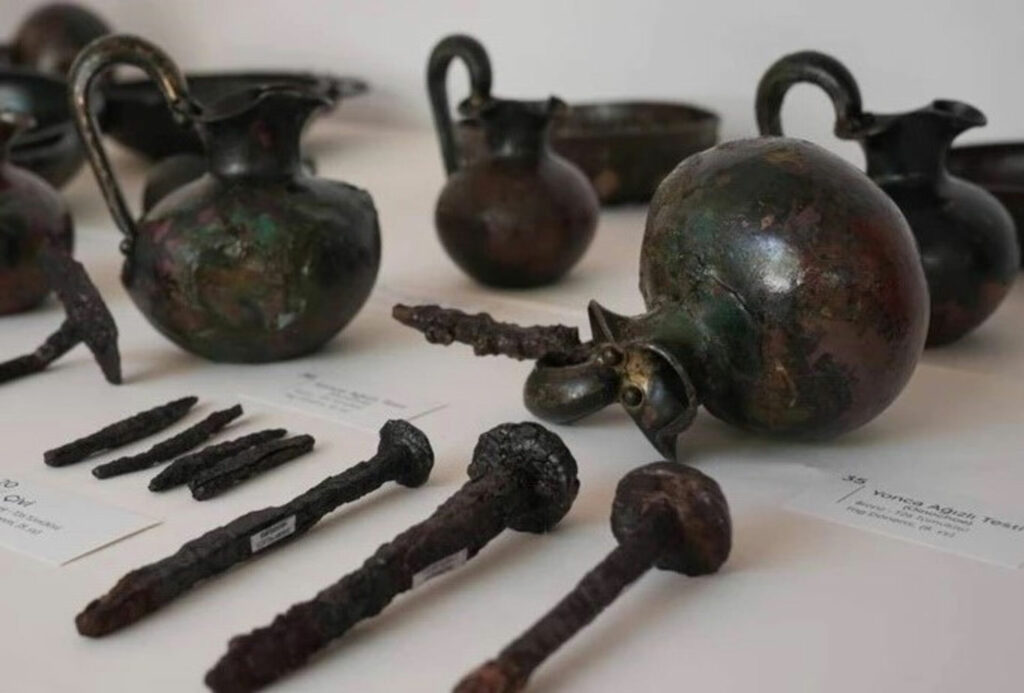
GORDION, TURKEY—The site of Gordion, the capital of the Phrygian kingdom that flourished in west-central Anatolia between the twelfth and the seventh century b.c., is most notably associated with the legendary King Midas, he of the “golden touch.” The ancient city is surrounded by as many as 85 burial mounds, the largest of which is thought to have once housed the remains of the king’s father and the site’s namesake, King Gordias. However, according to a report in Türkiye Today, archaeologists excavating another nearby mound believe they have uncovered the 1,200-year-old tomb of someone else belonging to that famous dynasty. The team excavaated a wooden chamber that contained dozens of bronze and iron vessels, including jugs, incense burners, and cauldrons, some of which still hung from nails in the chamber’s walls. According to Culture and Tourism Minister Mehmet Nuri Ersoy, the assemblage is the most substantial collection of artifacts discovered at the site in decades. “Based on these finds, we estimate that the individual buried here may have belonged to the royal family associated with Gordias and Midas,” he said. To read about an eighth-century b.c. stela inscription that celebrates a Hittite king's conquest of the the Phrygian kingdom, go to "Luwian Royal Inscription," one of ARCHAEOLOGY's Top 10 Discoveries of 2020.


